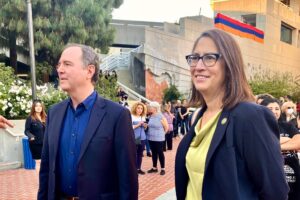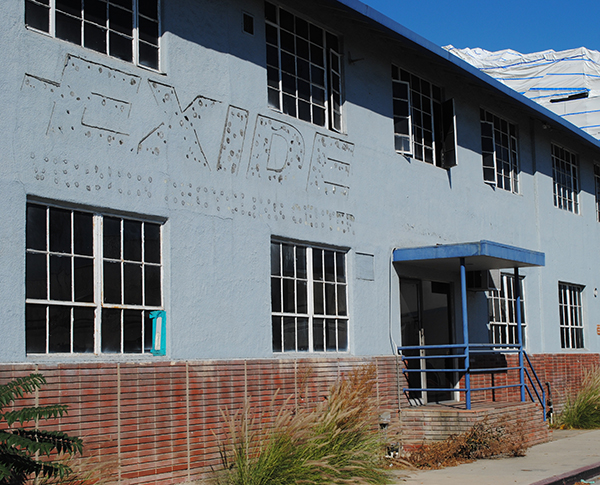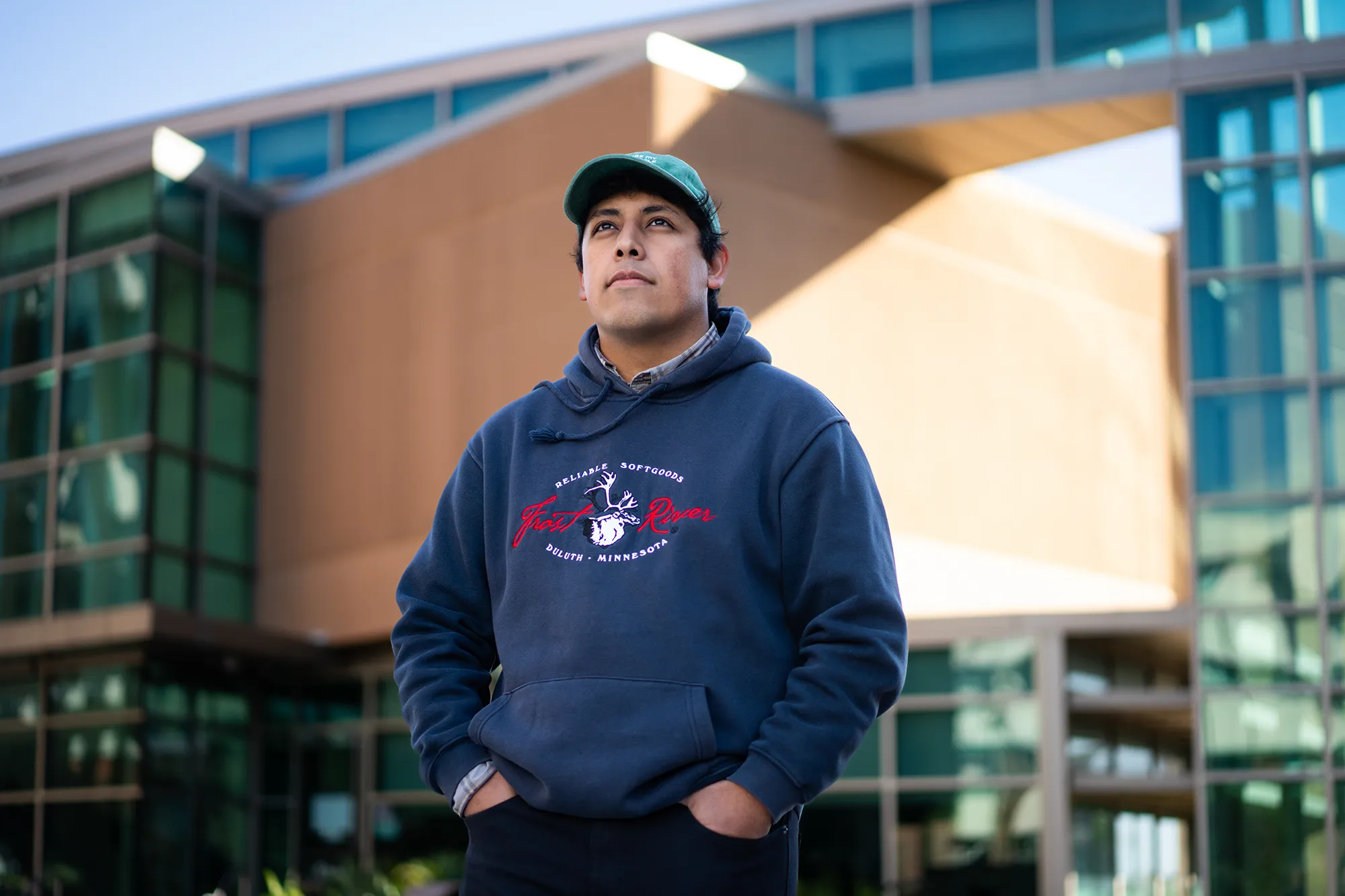By Alfredo Santana
Contributing Writer
VERNON — An environmental trust supervised by the state will control the former Exide Technologies facility’s cleanup with $26.5 million in bonds plus $2.6 million in cash, while delays in cleanup efforts conducted by the state Department of Toxic Substances Control threaten the health of thousands of affected residents.
The cleanup fund, called the Exide Vernon Environmental Response Trust, was formed as part of the federal bankruptcy court ruling regarding the battery recycling plant.
However, these amounts pale compared with the estimated costs by the state auditor of $650 million to retrieve lead and arsenic from 10,160 contaminated homes, parks and schools within a 1.7-mile radius from the former Exide facility.
The Department of Toxic Substances Control would supervise the independent trust’s continued cleanup work at the facility, averting legal barriers posed by its abandonment that “ensures an orderly transition of ownership and responsibility for maintenance and site cleanup,” the agency said in a statement.
“We continue to object to Exide’s shirking its responsibility, but we took this step to protect the people who live and work near the facility,” the department said in a statement.
Exide operated its facility for more than 30 years with temporary state permits, melting and reusing lead from 11 million batteries a year, before the plant was forced to shut down as part of a bankruptcy ruling in 2015.
Exide filed for bankruptcy three times before being acquired by Atlas Holdings LLC in July for $178.6 million.
Currently, the facility is covered with two plastic tarp layers that keep lead and other metal particles from blowing and landing on soil, aquifers, parks and schools in East Los Angeles, Bell, Boyle Heights, Maywood and Commerce, cities inhabited mostly by blue collar Latino families.
The Department of Toxic Substances Control and public health experts have said that the tarps require maintenance and need to be repaired anytime they break down due to Santa Ana winds, exposure to searing temperatures and other environmental factors.
On Nov. 8, the outer layer suffered a rupture allegedly caused by powerful winds measured at more than 40 miles an hour. Pictures of the torn tarps were posted on Facebook by the East Los Angeles organization East Yard Communities for Environmental Justice.
The torn plastic has since been repaired.
If Exide had abandoned the facility, as U.S. Bankruptcy Judge Christopher Sontchi initially allowed the company to do, the state would have been responsible for the site’s maintenance and cleaning costs.
Under the bankruptcy guidelines, Exide is responsible for creating the trust, and the court would approve its director when it is ready to go.
In the meantime, the Department of Toxic Substances Control will work with the trustee to protect the public and ensure that the Vernon property is secured after Exide transfers the site to the trustee and walks away from the site the agency said.
The Department of Toxic Substances Control agreed to the trust creation on Oct. 26, the effective day of the plan approved 10 days before with Sontchi’s ruling, which would have given Exide the opportunity to abandon the Vernon site without liabilities to pay for cleaning the highly polluted site.
However, the Department of Toxic Substances Control has pledged to appeal the bankruptcy ruling and make Exide’s former and current owners liable for the toxic metals released into the surrounding communities and the ballooning cleaning costs.
County Supervisor Hilda Solis said in a statement that she has advocated alongside the impacted residents to get their homes cleaned, and is committed to seeking environmental justice for them.
“I will continue fighting to see that the soil is cleaned up and that the public health need of our most vulnerable residents are not ignored by our local and state representatives as they have been by the current federal administration,” Solis said.
Felipe Aguirre, co-chair of Maywood’s Committee for Environmental Justice, criticized the new trust, because it only addresses the plant’s cleanup and tentative demolition, excluding funds to clean parks, schools and homes in nearby communities.
“I think it’s a bad settlement,” he said. “In reality, the bankruptcy court supported the Department of Justice’s and the Environmental Protection Agency’s decision to exonerate Exide from the contamination it dumped in our communities.
“I perceive it like a pirate trust, because Exide operated more than 30 years with temporary permits.”
In a related matter, an audit conducted by California State Auditor Elaine M. Howle revealed that is likely 269 of the 3,200 most contaminated properties will not be covered with the $250 million authorized for their cleaning.
Howle blamed the Department of Toxic Substances Control’s “poor cost estimation and cost overruns by one of its contractors” as contributing factors for the added expenses. She said that $390 million more would be required to “completely clean” the remaining 7,800 polluted properties.
The audit said up to 100,000 people live in residential areas near the Exide battery facility, and still are at risk of lead poisoning from the battery recycling plant. Most of the cleanings have been performed by contractors Parsons Environment & Infrastructure Group, and NEC Construction Inc.
Starting in 2015, at least 50 properties were identified by the Department of Toxic Substances Control, including child care centers, schools and parks, where lead particles posed a high risk to children who frequented those locations. Of those, only 19 were cleaned, and only one was serviced since 2018, the audit revealed.
“In addition, [the Department of Toxic Substances Control] has been unable to maintain the cleanup pace it presented in its 2017 plan for cleaning the most contaminated properties. As a result, it is significantly behind schedule and is unlikely to meet its goal to clean the 3,200 most contaminated properties by June 2021, extending the time that residents … are exposed to dangerous levels of lead,” the audit said.
For its part, the Department of Toxic Substances Control said it is conducting faster and more stringent cleanups than other residential lead cleanups across the nation, has cleaned more than 2,000 properties with the highest lead levels and is on pace to complete more than 90% of the cleanup planned with current funds.
“[The Department of Toxic Substances Control] will implement all recommendations provided by the state auditor, many of which are already underway, including prioritizing cleanup at the remaining daycare center,” the agency said.
Aguirre, a former Maywood mayor, said his coalition pushed for the independent trust because he has witnessed the Department of Toxic Substances Control’s funds mismanagement and slow work in cleaning up the residential areas.
“The audit shows that they are bad spenders and do not control costs related to the cleaning jobs,” Aguirre said. “That is why we wanted [the department] out of the picture.”











